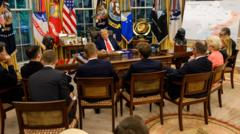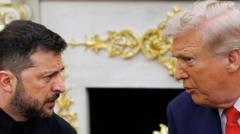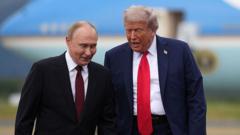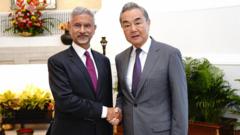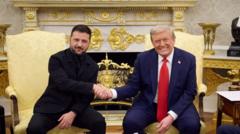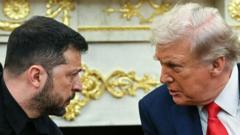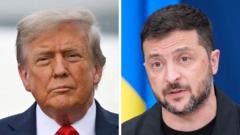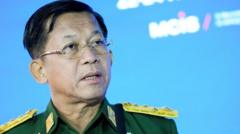As President Trump pushes for stronger ties with Russia and China, analysts speculate his vision of a divided world fosters a modern imperialism reminiscent of the 19th century.
Trump's Global Strategy: A New Era of Power Dynamics

Trump's Global Strategy: A New Era of Power Dynamics
President Trump's foreign policy hints at a multipolar world with distinct spheres of influence for the U.S., China, and Russia.
President Trump has recently expressed a desire to engage more deeply with both Russia and China, signaling a shift in U.S. foreign policy that raises significant questions about global power dynamics. In the past week, he proposed easing sanctions on Russia to strengthen commerce, indicating a softening stance amidst ongoing international tensions over Ukraine.
"We all want to make deals," Trump shared in a recent interview, likening America's appeal to a grand store that other nations wish to engage with. This metaphor hints at his administration's broader ambitions, as some analysts interpret his moves as part of a grand vision of global governance where the United States, China, and Russia each exert control over their geographical domains.
Experts are beginning to wonder whether Trump envisions a return to an imperialistic model that dominated international relations in the 19th century. His controversial remarks about claiming Greenland and reasserting U.S. oversight over the Panama Canal, alongside bold ambitions regarding Canada, suggest a clear intention to solidify America's influence within its own hemisphere.
As geopolitical tensions continue to rise, Trump's strategy of fostering relationships with these two powerful nations may alter the landscape of international affairs significantly. While aiming to stabilize trade relationships, the long-term implications could reconfigure alliances and spark fresh rivalries, reshaping the foundations of contemporary global order.

